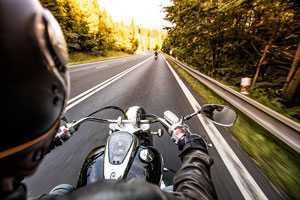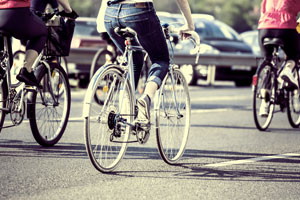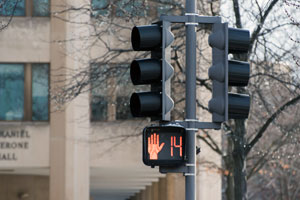Make them work for motorcycles, bicycles & small cars.
As road users we routinely "stop on red" and "go on green" at traffic signals many times each day. Not only do those of us driving motor vehicles rely on traffic signals, but pedestrians and bicyclists also depend on them to safely navigate through intersections. How many of us, however, understand what makes a traffic signal change color or the purpose of the grooves cut into the pavement at traffic signals?
The SCDOT is pleased to take this opportunity to explain how traffic signals operate and offer some tips on how you can make them work better for you. The information on this web site should be especially useful if you ride a motorcycle or bicycle. Even small car owners may find some tips on how to deal with a traffic signal that "seems like it is never going to change". Understanding traffic signals and loop detectors can improve your travel time and reduce the frustration that comes from sitting at a traffic signal that "just doesn't seem to know you are there".
Browse this site to learn more about how traffic signals and loop detectors operate, and read tips on how to ensure the loop detector recognizes you are there.


